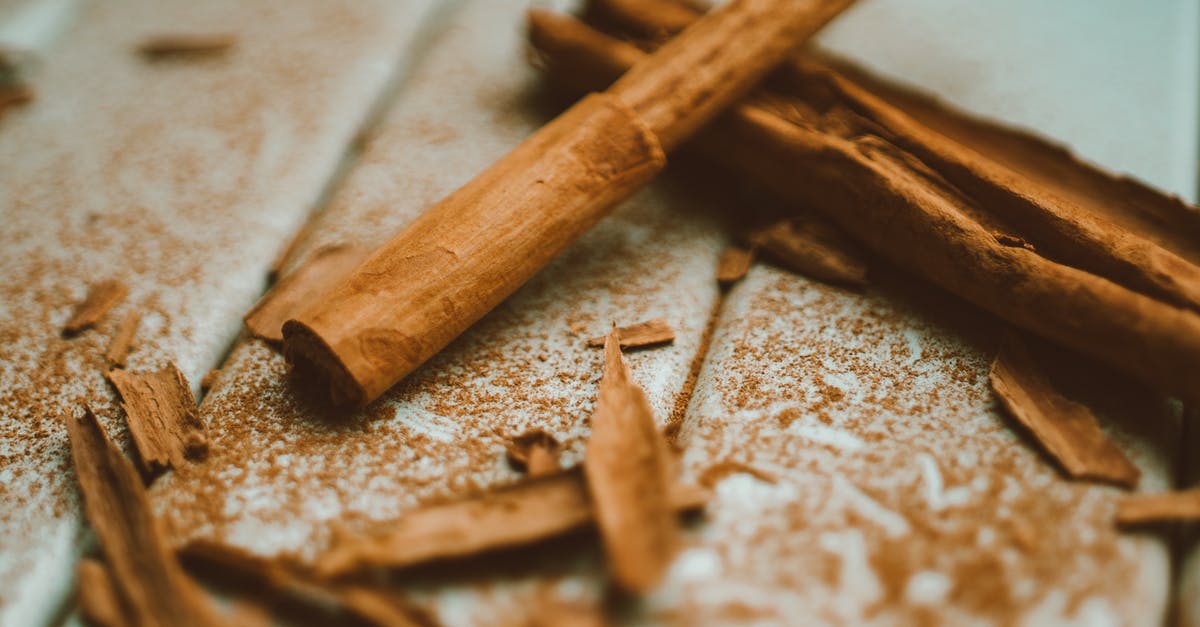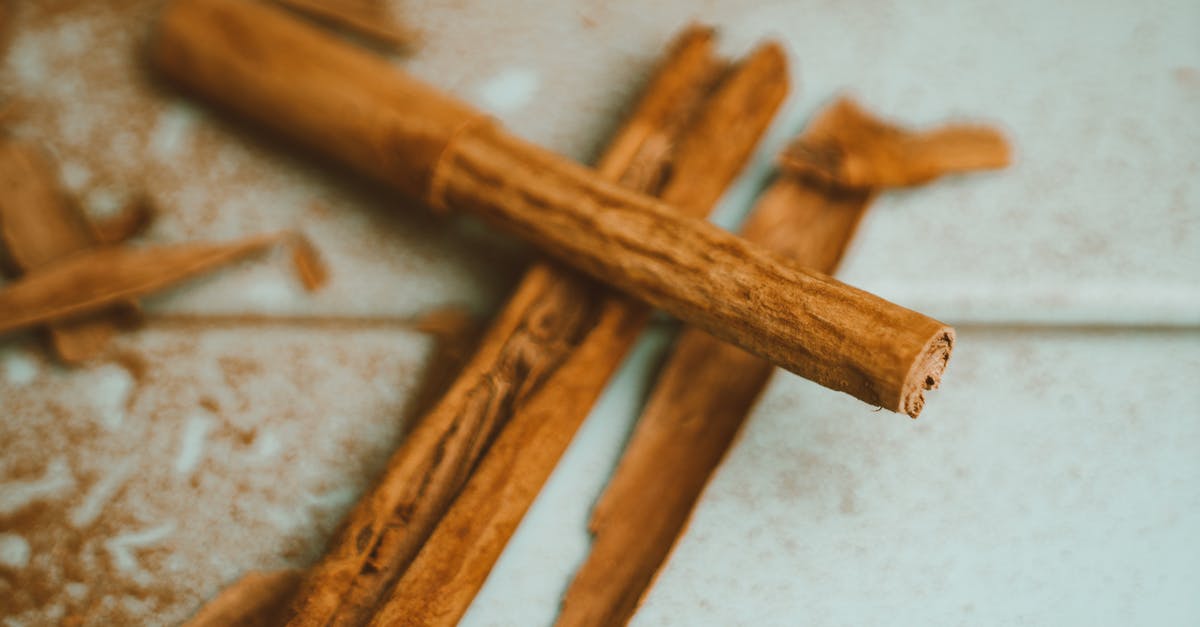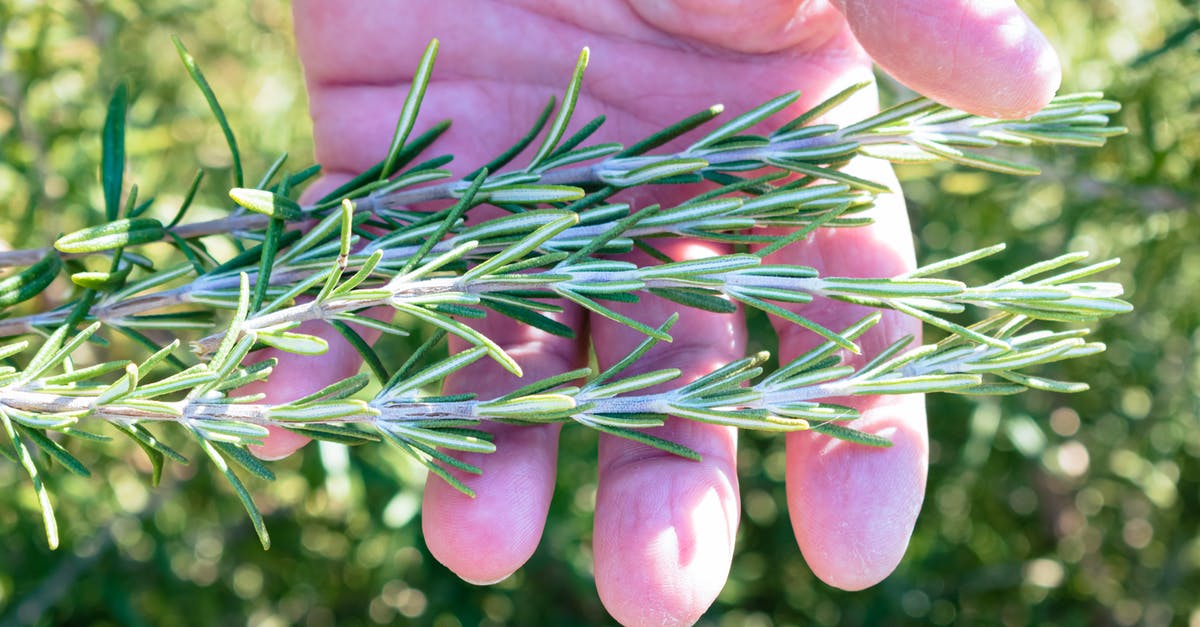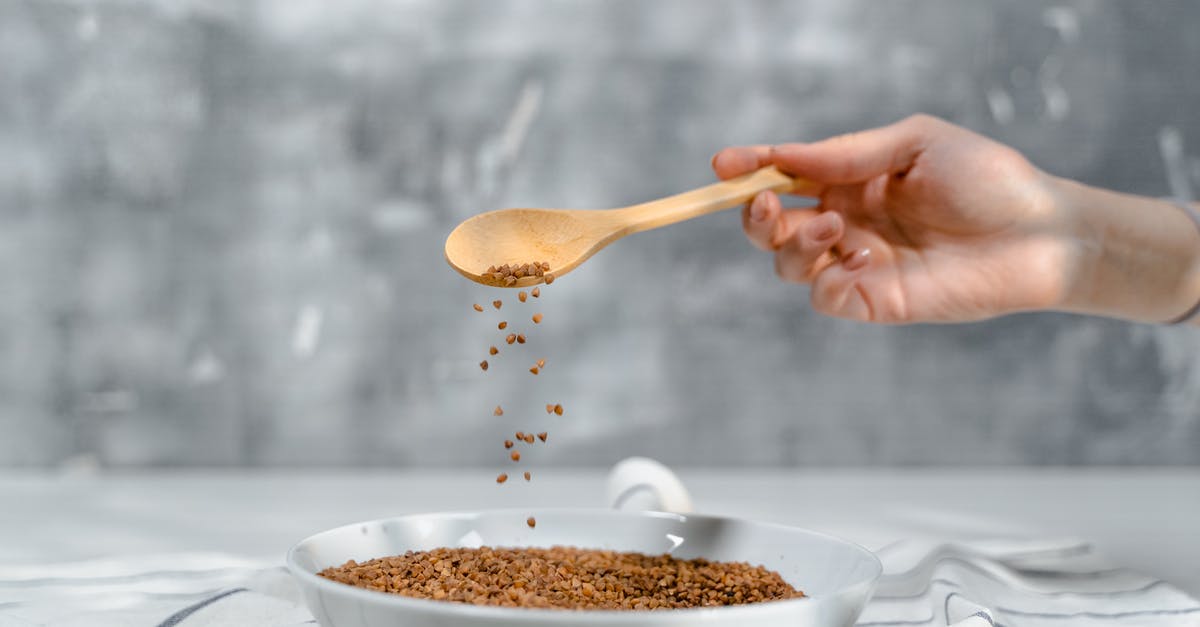How to predict and adjust the spice level of dal?

I have made countless recipes from popular Indian books and when I taste the end result, I always feel like the dish needs more spice. For example, I tried a recipe for Sri Lankan Dal with coconut found below and thought it could use more spice and it's usually too late by the time everything has been cooked since the dal needs to simmer with the spices. How can someone gauge the needed spice level of a recipe before hand? And how can someone amend the spice level after the dal has been cooked? Fry the spices in some oil and add it back to the dal?
Recipe:
450g red lentils
3 cardamom pods
coconut oil
1 cinnamon stick
3 whole cloves
2 brown onions, thinly sliced
4 cloves of garlic, crushed
2cm ginger, peeled and grated
2 green finger chillies, finely sliced
⅓ teaspoon ground turmeric
250g kale
200ml tinned coconut milk
salt
½ teaspoon mustard seeds
2 tablespoons desiccated or fresh grated coconut
juice of 1 lime
Recipe taken from Fresh India: 130 Quick, Easy and Delicious Vegetarian Recipes for Every Day by Meera Sodha.
Best Answer
Firstly, it has to be said - the way you learn to judge quantities is … practise.
However, there are several factors at play here…
"Indians" [sorry, I'm generalising a whole continent into one word for convenience] don't eat mouth-stingingly-hot food at every meal.
Some food is mild, some is 'go-for-it'. Some is rich, some is bland, some has heat, some has aromatics. There is a North/South divide on 'spiciness' or 'heat' with the Southern continent going for hotter examples, Northern more dependant on aromatics.Western "Indian" restaurants have tainted our view of what "Indian" food is.
Dal can be pretty bland anyway.
Your recipe is towards the bland end of the spectrum of possible dal recipes. The 'Sri Lankan-ness' in it is really only the coconut & perhaps the mustard seed.
So, that done with, in a broad sweeping generalisation kind of way, to your issue.
The recipe as written is missing a lot of what I would consider a 'basic' dal.
For a whistle-stop basic chana dal…
Boil dal with turmeric for half an hour
Fry cumin, garlic, onions
Add tomato, ginger, green chilli
Add chilli powder, turmeric, garam masala [or supermarket 'curry powder' depending on availability], asafoetida, coriander powder, dried methi
Add to dal mixture
Simmer until happy.
If you want to trick this up to feel more Southern or Sri Lankan, substitute coconut milk for some of the lentil boiling liquid, sub coconut oil for the ghee, add curry leaves & black mustard seed. Chillies, fresh green or ground red to taste.
Some of the ingredients you can add more later. Chilli powder, garam masala or 'curry powder' if you want a quick boost.
Other aromatics such as cardamom & clove, if you cheat & use them in powdered form, you can boost at any point. They're not as potent as whole, but they're a quick fix.
Another cheat is garlic powder, which is used by many restaurants rather than fresh - again, not the same as fresh, but can be used as a pep-up at any time [watch it doesn't go lumpy, make a thick slurry with water first to be safe.]
Pictures about "How to predict and adjust the spice level of dal?"



How do you add flavor to dal?
As explained before, the tadka is where alllll the flavor comes in to the dal. Heat some oil, fry aromatics like onion, garlic, ginger, and chiles until they're soft. Then add spices: curry powder, mustard seed, coriander, and cumin. Add plenty of salt, as salt is what blooms the flavor on our tastebuds.How do you balance spices?
6 Quick Ways to Tone Down a Dish That's Too SpicyHow do you balance spicy flavors?
Acidic ingredients such as lemon or lime juice, vinegar, wine, tomatoes, and even pineapple will all help to neutralize the pH levels of a spicy oil, and reduce some of that flaming-hot flavor. Add the juice of half a lemon or lime, or a tablespoon or two of wine, vinegar, or tomato sauce, to your over-spiced dish.What can I add to bland Dahl?
turmeric rice, chapattis, roti or poppadoms, vegetable samosas, onion bhajis, or vegetable pakoras. Protein-packed red lentils cook quickly so this dal is ready in under half an hour. Add more chilli if you like the heat, or more coconut milk if you want it extra creamy.Operations Management using Excel: Seasonality and Trend Forecasting
More answers regarding how to predict and adjust the spice level of dal?
Answer 2
There's a few factors that may be at work here:
- Quality of spices: how good your spices are to begin with, as in how much flavor they impart to food is an important factor in the result. Better quality means more flavor. Where you are in the world and where you shop can make a difference
- Freshness of spices: If you have spices that have been sitting for awhile you may have to use more to get the same flavor
- Personal taste: the recipe may be underspiced according to your taste, but fine to other people's taste. Keep in mind New York Times recipes are catering to an American sense of how heavily flavored food should be
You need to develop a sense of how much it takes of the spices you buy to produce the amount of flavor you want, and adjust the amounts upward. If it's bland, add 50% more or double and see how that works. It helps to take notes of how much of each spice you use each time. You can then use that information to customize future recipes.
Answer 3
Most of the dals I know are made by boiling the lentils (with or without vegetables, tomatoes, salt, green chillies, turmeric, even whole peppercorns) and then frying spices and/or aromatics separately and adding them to the dal. There are some exceptions, but in any case you can always get away with frying an extra pinch of chilli flakes/powder in oil and throwing it in at the last minute if you want to add some heat. Other spices that are commonly added that way are mustard seeds, cumin, curry leaves and hing (asafoetida).
The key thing is, you need to fry the spices well enough to release their flavour into the dish (if you must avoid oil, dry roasting and grinding works too). Boiling spices just doesn't do that well - you end up with something bland and bitter that only tastes good after a day or so in the fridge for the spice oils to diffuse.
Another tip to bring out some extra flavour - add some souring agent like lemon juice, tamarind or amchur (unripe mango powder). But this only works if you fried the spices properly!
Sources: Stack Exchange - This article follows the attribution requirements of Stack Exchange and is licensed under CC BY-SA 3.0.
Images: ROMAN ODINTSOV, ROMAN ODINTSOV, Nikolett Emmert, MART PRODUCTION
